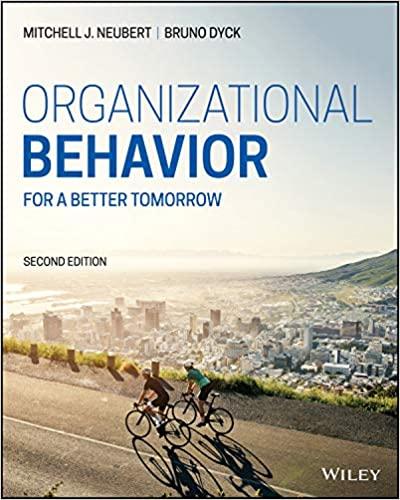In Kalundborg, Denmark, a set of uncommon relationships exists among a diverse community of businesses in which
Question:
In Kalundborg, Denmark, a set of uncommon relationships exists among a diverse community of businesses in which one organization helps another and, in most cases, by doing so helps itself. In essence, these relationships take the “waste” produced by one organization and turn it into valuable inputs for another organization. This synergetic cooperation started when the coal-fired Aesnes Power Plant stopped pouring its waste heat into a nearby fjord as condensed water. Instead, Aesnes began selling the heat directly to the Statoil refinery and the Novo Nordisk pharmaceutical firm. Shortly thereafter, the Statoil refinery installed a process to remove sulfur from its waste gas. It then sold the extracted sulfur to the Kemira chemical company and the cleaner-burning gas to both the Gyproc sheetrock factory and Aesnes (thereby saving 30,000 tons of coal). When Aesnes began to remove the sulfur from its smokestacks, it produced calcium sulfate, which it sold to Gyproc, where it was used in place of mined gypsum. Waste fly ash from Aesnes coal generation was also used for road construction and concrete production. In time, Aesnes began to provide surplus heat to greenhouses, a fish farm, and residents of the town (who were then able to shut off 3,500 oil-burning heating systems). Soon waste heat from Statoil also went to the fish farm, which produces about 200 tons of turbot and trout sold in the French market. Sludge from the fish farm is used as fertilizer by farmers, who also receive sludge from the Novo Nordisk pharmaceutical firm. All these relationships happened spontaneously, based on shared interests, and without direct government regulation. Over time the cooperation among stakeholders has yielded both ecological and financial benefits.
1. What do you think is necessary to form and maintain these relationships?
2. What problems might arise in these collaborative relationships?
3. Do you know of any other organizations that might work together to reap mutual benefits?
Step by Step Answer:

Organizational Behavior For A Better Tomorrow
ISBN: 9781119702856
2nd Edition
Authors: Bruno Dyck, Mitchell J. Neubert





